The Campaign for the Living Collections is well under way at the Arboretum. In the last issue we presented the document that guides the Campaign, and in this issue we get to the action—how does the Arboretum curatorial staff prepare for and carry out plant collecting expeditions? Curator of Living Collections Michael Dosmann and Manager of Plant Records Kyle Port provide insight and share photographs from their recent trips.
Plant exploration combines a love of plants with adventure. Over its nearly 145-year history, the Arnold Arboretum has harnessed these passions by leading or supporting more than 150 plant collecting events across 70 countries. As knowledge of the plant kingdom has evolved, so have the Arboretum’s living collections, placing even greater demand on deliberate and strategic collection planning. As described in the previous issue of Arnoldia (Friedman et al. 2016), the new 10-year Campaign for the Living Collections articulates a number of broad goals that, when met, will preserve the collections’ singular legacy and advance it well into the future. For example, there is a call to strengthen the species representation within genera such as Viburnum and Taxus that are useful to the study of biogeography. As a means of broadening the number of genera in the collections, several marginally hardy taxa like Daphniphyllum macropodum and Nothofagus dombeyi have been identified as species worth trying to grow here. And, because of the great threat of extinction, numerous conservation-status species are highlighted before they disappear from the wild.
The Arboretum will meet these collections goals through the acquisition of nearly 400 target taxa, or desiderata, with each fulfilling at least one (and typically several) goals. For many of the taxa on the list, the Arboretum needs several unique acquisitions (e.g., from multiple locations), so what is initially a list of 395 blossoms into a vibrant garden of 720 actual targets. Each of these targets will require its own acquisition plan and approach. A few might be purchased from nurseries, some may be acquired from cooperative institutions and repositories, while others will be sought out and obtained through the Arboretum’s network of colleagues. However, the majority will be obtained on specific plant expeditions in which an Arboretum staff member leads or participates. With the vision and goals in place, a new generation of explorers, horticulturists, and other Arboretum friends and associates are rallying to collect from the temperate flora and cultivate these plants in the Arboretum.
Few endeavors are as rewarding and exciting as seeing plants in their wild habitats, collecting seeds or other propagules, and then bringing them back home to cultivate. As botanical garden professionals, we also value the role plant exploration plays in other aspects of collections management. The important pre-trip planning and post-trip follow-up lead not only to better executed expeditions, but to more individual (and thus institutional) knowledge that can be applied to the long-term stewardship of the species collected. In this article, we shed some light on a number of aspects of plant collecting based on some recent trips and our shared experiences. It is not our intention to be encyclopedic on the subject, however, as many resources exist that cover in greater depth. (For more details on the philosophy, mechanics, and best practices of plant exploration see Ault (2000), ENSCONET (2009), and the special 2010 issue of Arnoldia (Volume 68, Number 2) commemorating the 20th-Anniversary of the North America-China Plant Exploration Consortium [NACPEC].
For the majority of the expeditions that will be conducted by the Arboretum over the next decade, the various desiderata will dictate where (and how) we collect them. Simply put, as the individual targets are marked on maps, regions that contain the most “dots” become obvious sites for exploration. A region with just a single species might be best left to a contractor or other means. With respect to the Campaign, Living Collections Fellow Robert Dowell has been tasked with conducting species audits to identify these ideal collecting localities. For the inaugural expeditions that marked the Campaign’s launch in the autumn of 2015, we (the authors) preselected regions based on our prior knowledge of the areas and confidence that they would yield quality material listed as desiderata. Kyle collected in northern Idaho from August 24 to September 4, 2015; Michael participated in a NACPEC expedition in central China focused on paperbark maple (Acer griseum) from September 1 to 18, and then struck out with another set of colleagues in northern Sichuan from September 18 to 29.
Be Prepared
In many respects, a trip’s success—both short- and long-term—is proportional to the amount of planning. Once a general region for an expedition has been selected, the trip participants hone their knowledge about the target species’ biology, including their identification, phenology (e.g., what time of year mature seeds are likely to be present), preferred habitats, and specific areas where they are known to occur. Online resources aid information gathering, and we’ve found the surge of herbarium specimen data uploaded to regional, online floras to be very useful in selecting collection locations. It is important to create lists of natural areas and localities that are home to target species, ideally multiple species for the sake of efficiency, although for a high-priority target there is nothing wrong with going well out of your way to get it. While the desiderata certainly guide the expedition, it’s worth reviewing what other species may occur in the area and might be of interest to collect opportunistically. Lastly, for both foreign and domestic collections, it’s essential that all of the proper permits to access the sites and collect material are acquired. These permits are different from those required to import plant material into the United States.
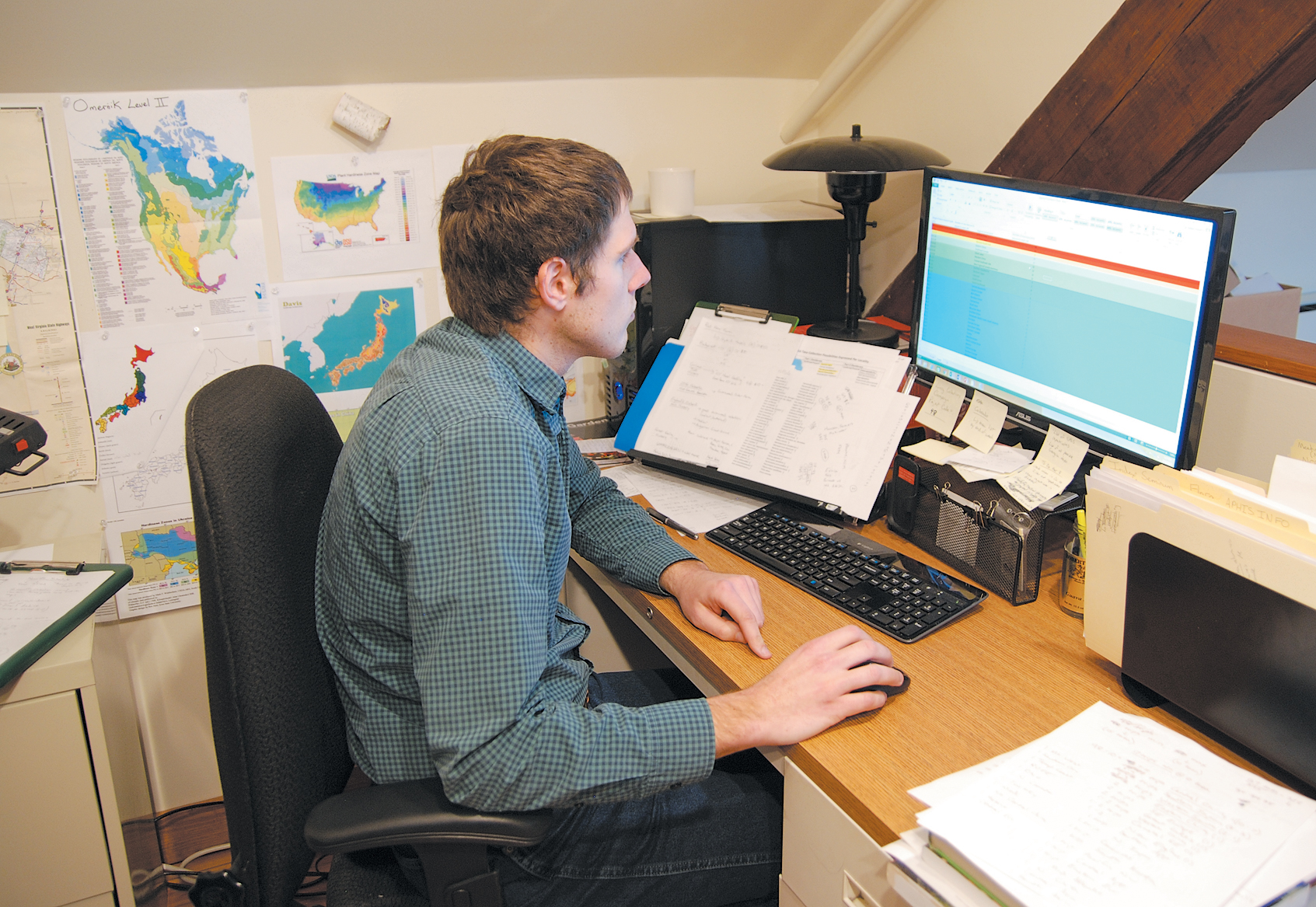

Collaborating with local experts who can share their knowledge is a very important part of the planning process. Not only will they know the local flora (and may be able to scout plants in advance), but they can also be helpful in obtaining permits. Those same contacts can play an invaluable role during the actual expedition as full-fledged trip participants. Both the regional and visiting participants can share expertise on topics ranging from the local flora to germplasm collecting techniques. And, for practical purposes, additional hands make lighter work, so having another participant on board is great. We’ve found that a complement of three or four people is ideal for clear definition of tasks and division of labor during the trip.
The first step in assigning roles is to designate a trip leader, who will create an itinerary that includes daily destinations and likely targets, places to lodge at night, and contact information for collaborators on the ground. When scheduling, it’s very important to build in more than enough time to travel between destinations, and to leave some flexibility in case of inclement weather or delays. Flexibility can be beneficial for other reasons, too, as a locality may end up being far more fruitful (literally) than anticipated and worth staying an extra day. It’s also essential to include time for processing herbarium specimens and preparing propagules (seeds, cuttings, plants) for shipping back to the Arboretum. This is not something to leave until several hours before boarding the plane to return home! For international trips, incomplete seed cleaning efforts will likely result in precious germplasm failing inspection and ending up in the incinerator.
In the Field
There is a destiny which makes us brothers; none goes his way alone. All that we send into the lives of others comes back into our own.
Edwin Markham (1852–1940)
Oregon’s poet laureate sums up the joy and adrenaline rush of botanizing for the Arboretum; no wonder plant exploration is so addictive. Eventually, all of the planning and preparation is complete, bags are packed with gear, and field work is about to begin. After arriving and taking care of the initial logistics (which often means adjusting to a new time zone), the group makes its way to the first collecting site. Sometimes the entire trip is spent at one location. At other times, the expedition may cover great distances and necessitate staying in a new place just about every night (as was the case for the 2015 Acer griseum expedition), which can make for a rather harried excursion. Typically, though, the team stays in one location for several days, which was the pattern during the 2015 North Idaho Expedition.
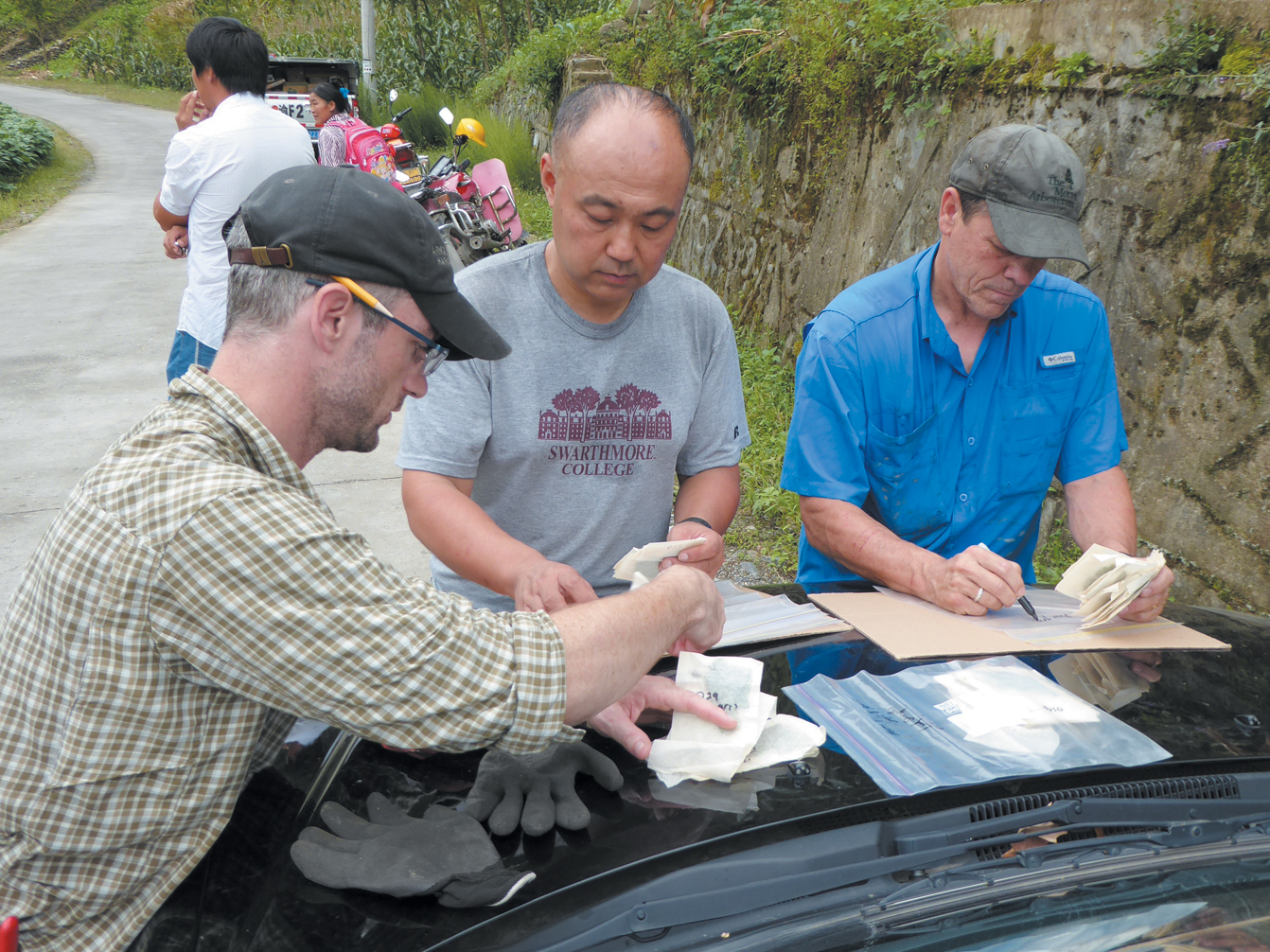



Before the first day of collecting, all trip participants are assigned specific responsibilities (and the appropriate tools and materials needed). The duties for a typical team of three may be divided into trip recorder, germplasm collector, and herbarium voucher collector. The trip recorder assigns a unique number to each collection and records field notes and observations. Often referred to as passport data, these describe not just the plant’s characteristics but also the habitat, associated species, and other key data such as GPS coordinates. We find that using field note forms, printed on waterproof paper, is best for all weather situations. The recorder must have a keen attention to detail, be thorough, and, of course, have excellent plant knowledge. Memories always fail, so it’s important to capture the information immediately. Sloppy or partial records at this point can create a cascade of problems for days if not decades to come. Even if the propagules that are collected never survive, the data (and the herbarium vouchers) will. The germplasm collector is responsible for collecting propagules, which typically are in the form of fruits, although cuttings and even entire seedlings are also an option. This person should have a good understanding of how to treat the collected material, from estimating seed viability and determining if the collection is warranted to selecting the right kind of bag. For example, oil-rich seeds like acorns can generate a lot of heat through respiration, so cloth bags are used to keep them from overheating. Rhododendron capsules, however, are best gathered in small glycine bags to prevent the tiny seeds from escaping. In addition to regular pruning shears, a set of pole pruners is very handy to have since they can extend an extra 10 to 12 feet (3 to 3.7 meters), often eliminating the need to climb trees.
The herbarium voucher collector collects samples of plants that are then pressed and dried for future documentation and study. Collecting a voucher (often with several duplicates) is a critical part of the process because it captures the maternal plant’s traits at reproductive maturity. Once deposited in a herbarium, the voucher will serve as evidence of what was growing in that location. During the trip, vouchers are kept in wooden plant presses, which, when tightly clamped down and ventilated, will yield high-quality pressed and dried specimens. Wooden presses can be used in the field but they are heavy and bulky, requiring extra time to pack and repack with each collection. Instead, some collectors use a plastic bag (the modern day version of a botanist’s vasculum), which is a lot quicker to use. However, if not labeled properly specimens can get mixed up, and they can dehydrate by day’s end. We prefer to use canvas field presses loaded with newsprint and corrugated cardboard. These presses are light weight, can be quickly loaded, and begin the pressing process immediately. By the end of the day, all of the specimens collected are transferred to the full-fledged wooden press, which can be tightened more effectively than the canvas press.
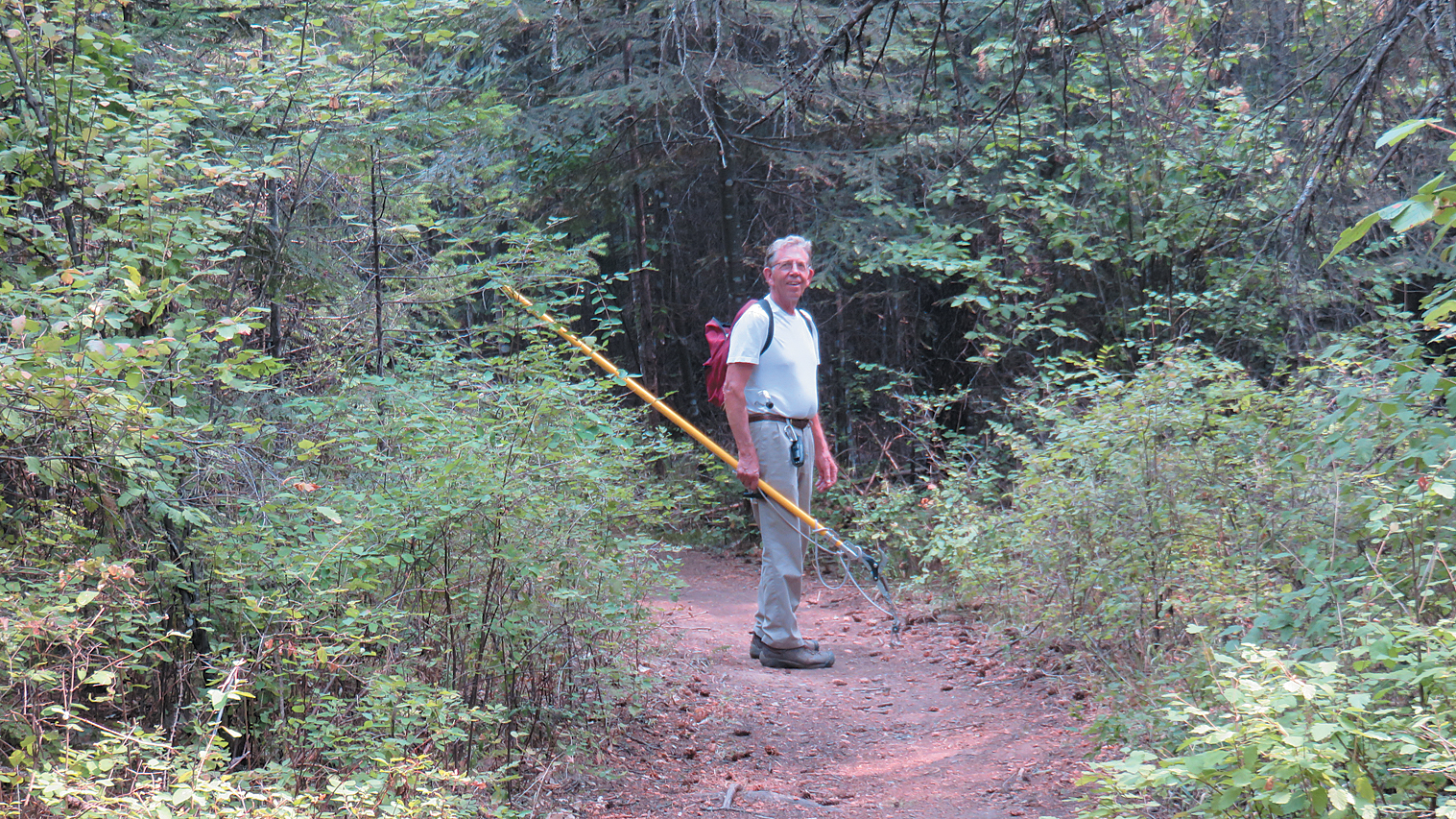



While each of these activities may be assigned to a single point person, in reality it becomes a group effort. For instance, everyone might pitch in to call out associate species’ names or other plant details to the trip recorder. Gathering fruits often falls to the full crew after other tasks are done, particularly if some of the seed extraction happens in the field. While typically all the participants are busy snapping photos, it is good to either assign the official task to one of the members, or at least make sure the recorder is jotting down which participant captured that collection’s fullest complement of shots—habit, leaves, fruits, habitat, etc. A final photo swap at the end of the trip is a good way to cover all the bases.
In some cases, X marks the spot and target species are found exactly where expected. But sometimes there’s only the suggestion that the species occurs in the general area, requiring the entire group to pay close attention to the surrounding habitat for clues to the target’s presence. For example, perhaps it is a drought-tolerant tree more often found on the western or southern exposure of slopes, or it is a shade-loving shrub found in a mesic forest. Even with the team’s expertise and a local collaborator in tow, plant identification in the field can sometimes be tenuous, so a trusted field guide is worth its weight in gold. These books can feel as heavy as gold when toted in a backpack, but luckily technology has come to the rescue. Michael reports that on multiple occasions he has been able to access the online version of the Flora of China from his phone, even while in remote sites in central China. What would E. H. Wilson think of that? And, since the team collects herbarium vouchers, further keying out can occur in the evenings or even after the expedition is concluded for some pesky and challenging species.
Evening Activities
At the end of the day’s excursion all of the germplasm and herbarium vouchers are unpacked and double checked to make sure that collection numbers are properly assigned to each. Fruits are readied for drying or preparation, such as letting fleshy Viburnum fruits soak in water to make them easier to clean. Maple (Acer) samaras may be green or wet when collected, and need to dry—small wicker baskets are great for this task, and paper plates also work. Respiring seeds might be packed in a bit of sphagnum moss to prevent them from losing too much of their moisture. The vouchers, once transferred to the wooden presses, need to be inspected frequently to ensure they are drying properly. Having a spare set of blotters to swap out will facilitate this. Also in the evenings, the trip recorder or others will typically work to get the hand-written notes into digital form, often using a computer template or spreadsheet.
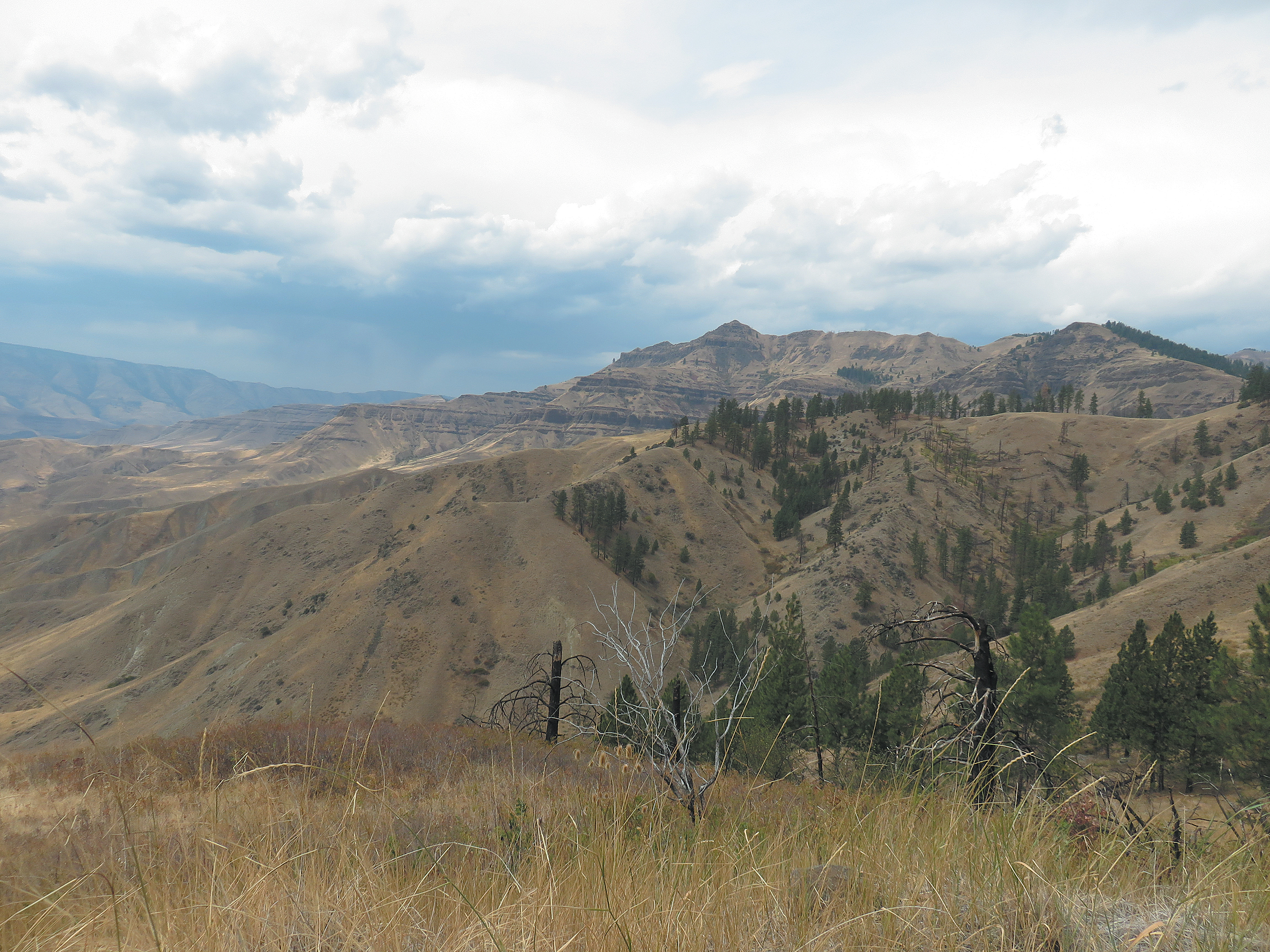



When collecting domestically, it’s possible to bring entire fruits back to be further cleaned and processed by the propagation staff—although they are always happy to receive cleaned seeds. For international trips, it is essential that the seeds are fully cleaned in order to import them into the United States. Thus, the typical evening routine is to process that or previous day’s bounties, including careful inspection for any evidence of insects (acorns are notorious for housing weevils, and rose hips are rarely absent a maggot or two). Once the seeds are fully clean they are measured into discrete quantities and placed into small sealable bags, each labelled with the species name and unique collection number. At the end of the trip, these are all organized, included in an official manifest, and shipped directly to an inspection station that is part of the Animal and Plant Health Inspection Service (APHIS) of the United States Department of Agriculture (USDA). Once inspected by APHIS, they are then forwarded on to the Arboretum. Some collectors bemoan this step as unnecessary, and in some cases risky, since some items might be confiscated because of the presence of a pest or pathogen. For the Arboretum, this step actually provides peace of mind because it ensures that we are not importing the next invasive pest like Asian longhorned beetle or emerald ash borer.
While the individual collections are documented by the recorder and ample photographs are taken, there is much that occurs during the trip that can only be captured in narrative form, a duty that falls to the designated trip journalist. Although such journaling requires extra time, it’s valuable to have a trip participant capture the names of people met along the way, make broad observations of the different sites and regions visited, and chronicle the events that make plant exploration colorful such as meals, wildlife, and other cultural items.
Coming Home
The real work of an expedition begins when you return.
Louise Arner Boyd (1887–1972)
When the newly acquired collections arrive at the Arboretum, the masterful hands of our propagators coax cuttings to root, encourage transplants to take, and stage the events leading to seed germination (be sure to read the next issue of Arnoldia for insights). The curatorial staff get to work processing herbarium vouchers and the products (e.g., images, field notes) generated by trip participants. Entering the passport information associated with each collection into our database is of utmost importance. From this central repository, data are used for labels, trip reports, and herbarium labels, and are also shared with the world through web applications and reports. As technology has improved, so too has the volume of information and objects our curators must consider and archive. To use one example, the ease of creating digital images in the field adds to post trip responsibilities. In times past, when glass plates and film were the only options (yes, we are that old), there were fewer images to annotate. Now it is not unusual to have hundreds if not thousands of images to label. In the end, documentation is a labor of love and we revel in its detailed complexity.
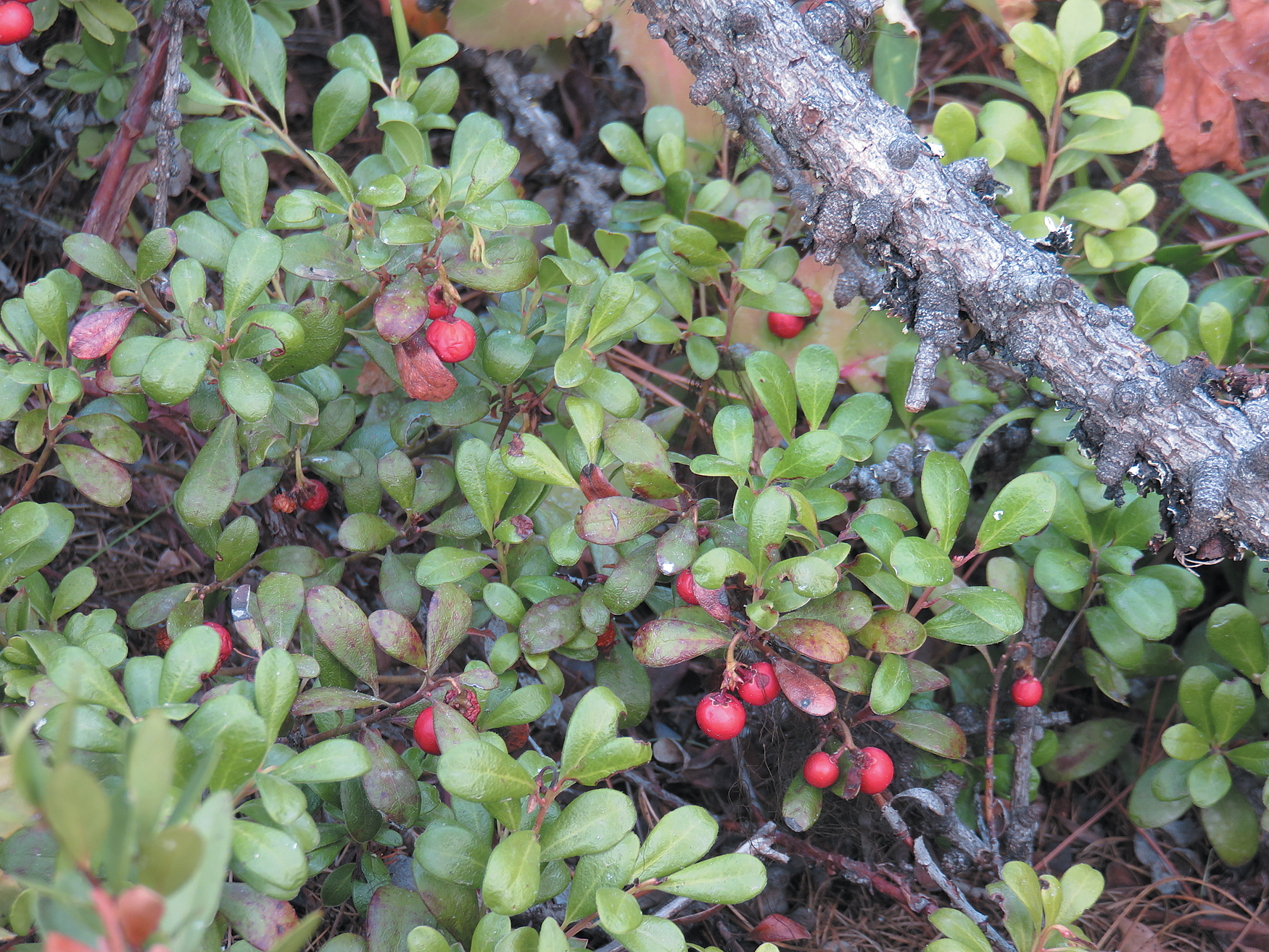

Our passion for plants is manifest in the remarkable collections we steward. The Arnold Arboretum’s 10-year Campaign for the Living Collections reaffirms a commitment to biodiversity discovery and the people engaged in plant exploration. In sharing our goals and experiences with you, we hope to inspire collaboration and exchange.
If we range through the whole territory of nature, and endeavor to extract from each department the rich stores of knowledge and pleasure they respectively contain, we shall not find a more refined or purer source of amusement, or a more interesting and unfailing subject for recreation, than that which the observation and examination of the structure, affinities, and habits of plants and vegetables, affords.
Sir Joseph Paxton (1803–1865)
Idaho
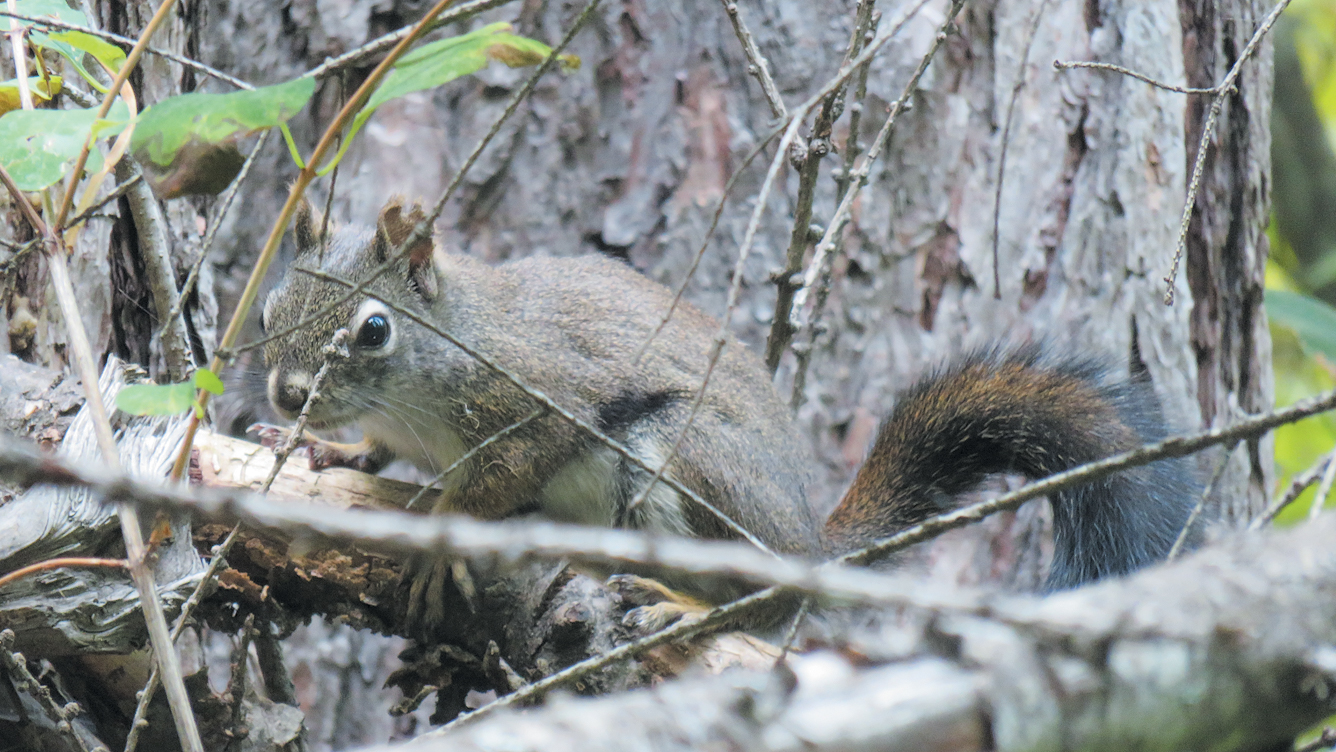


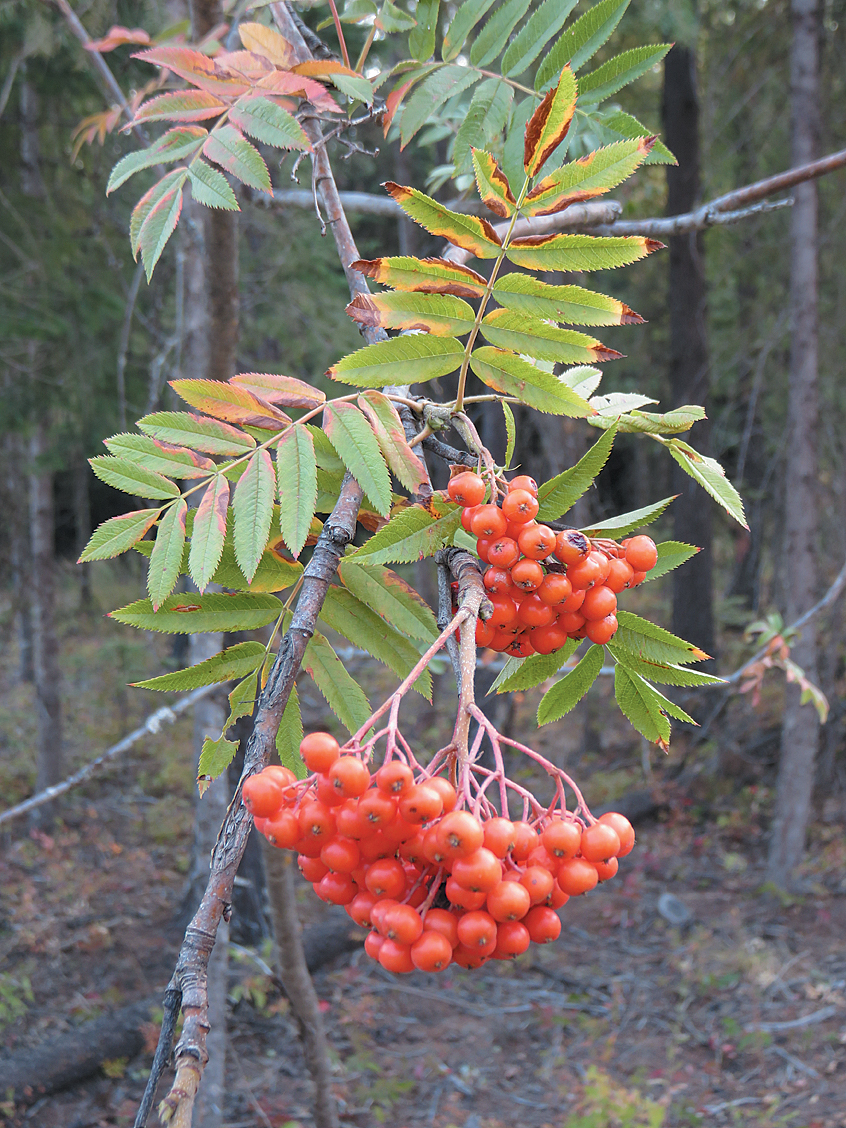


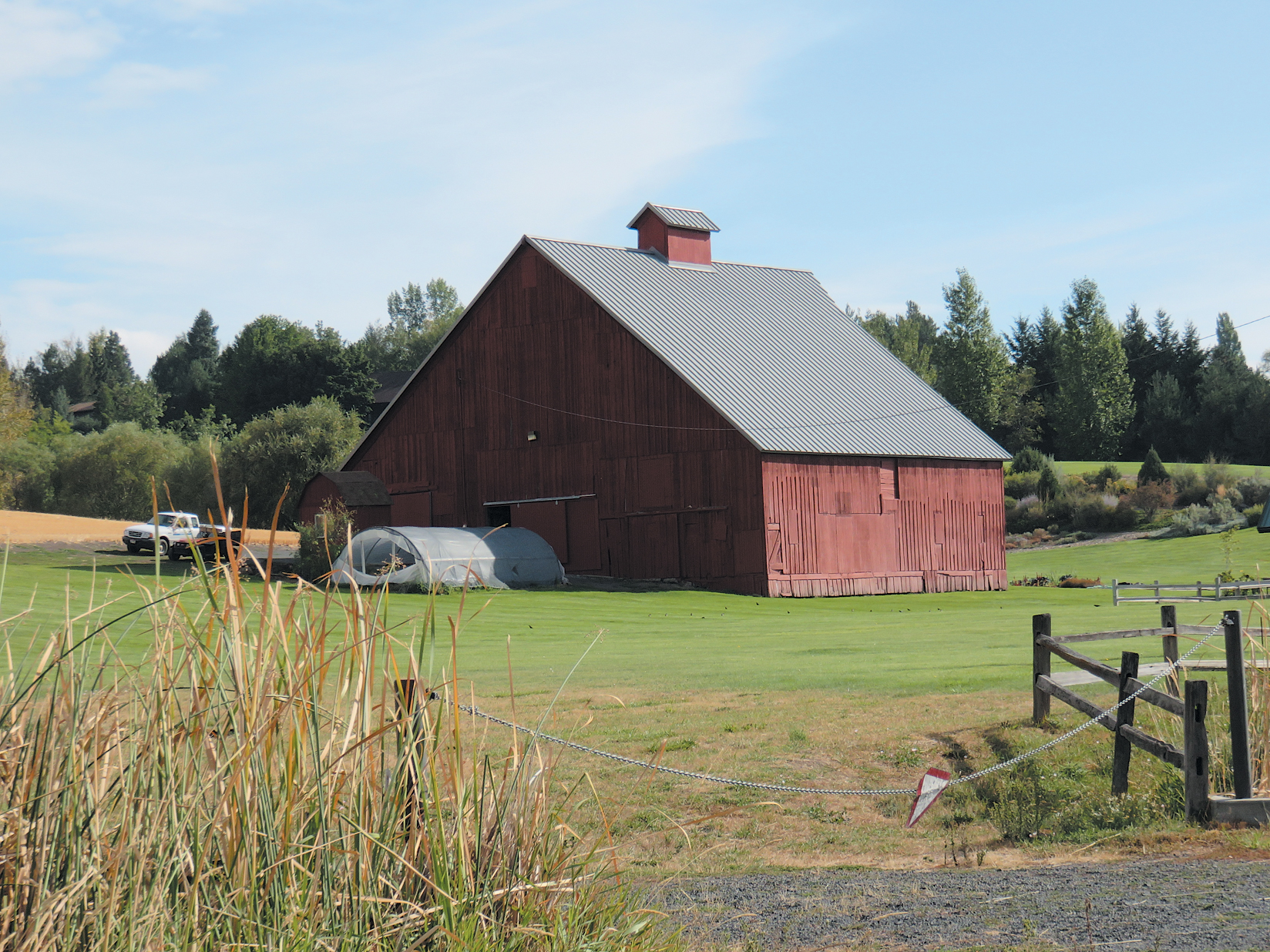



China
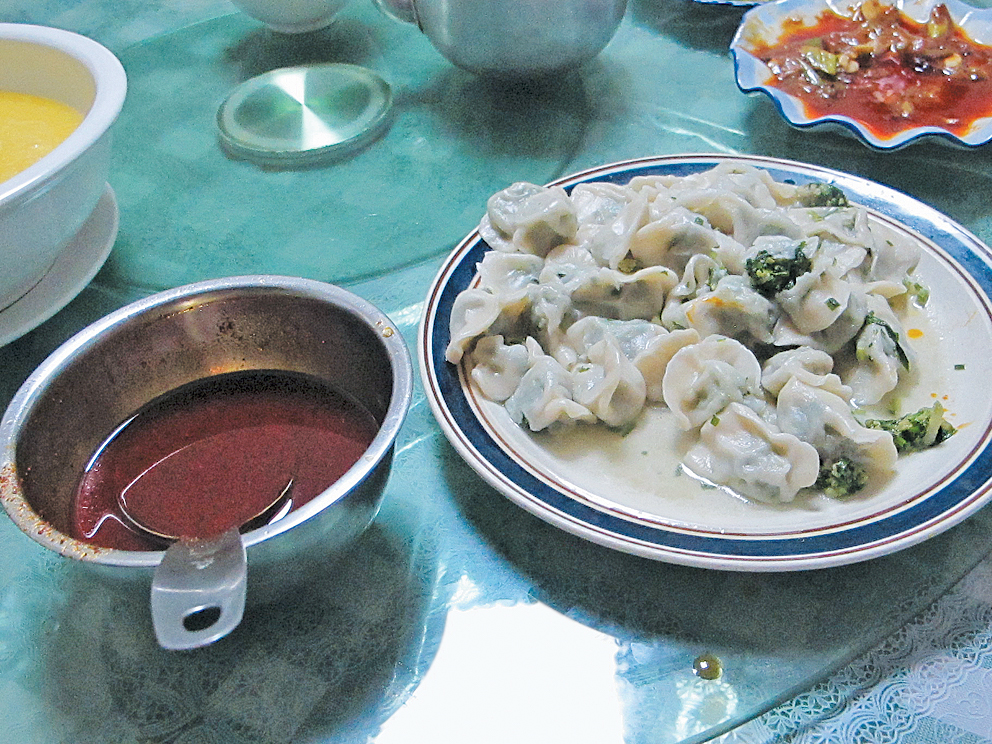


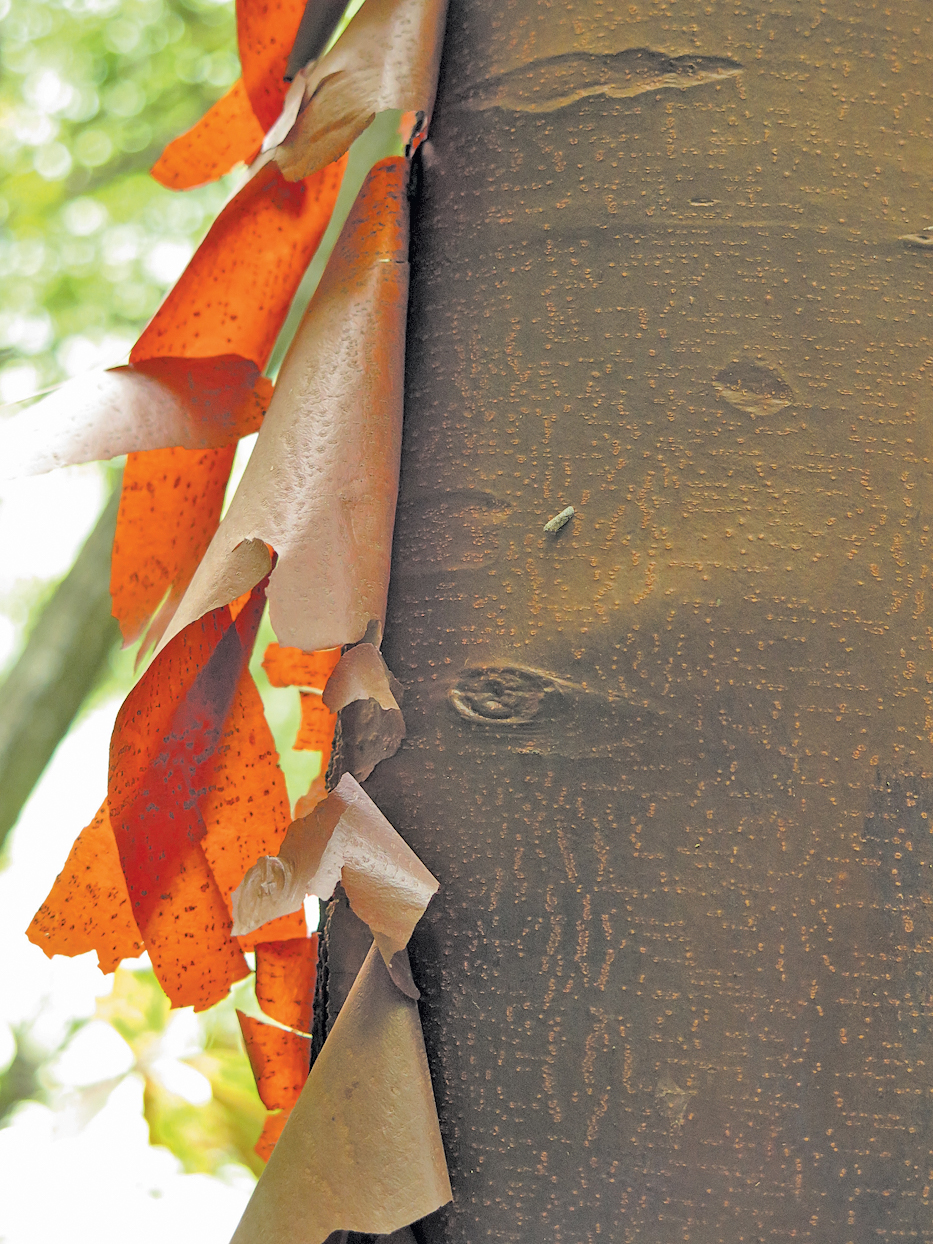


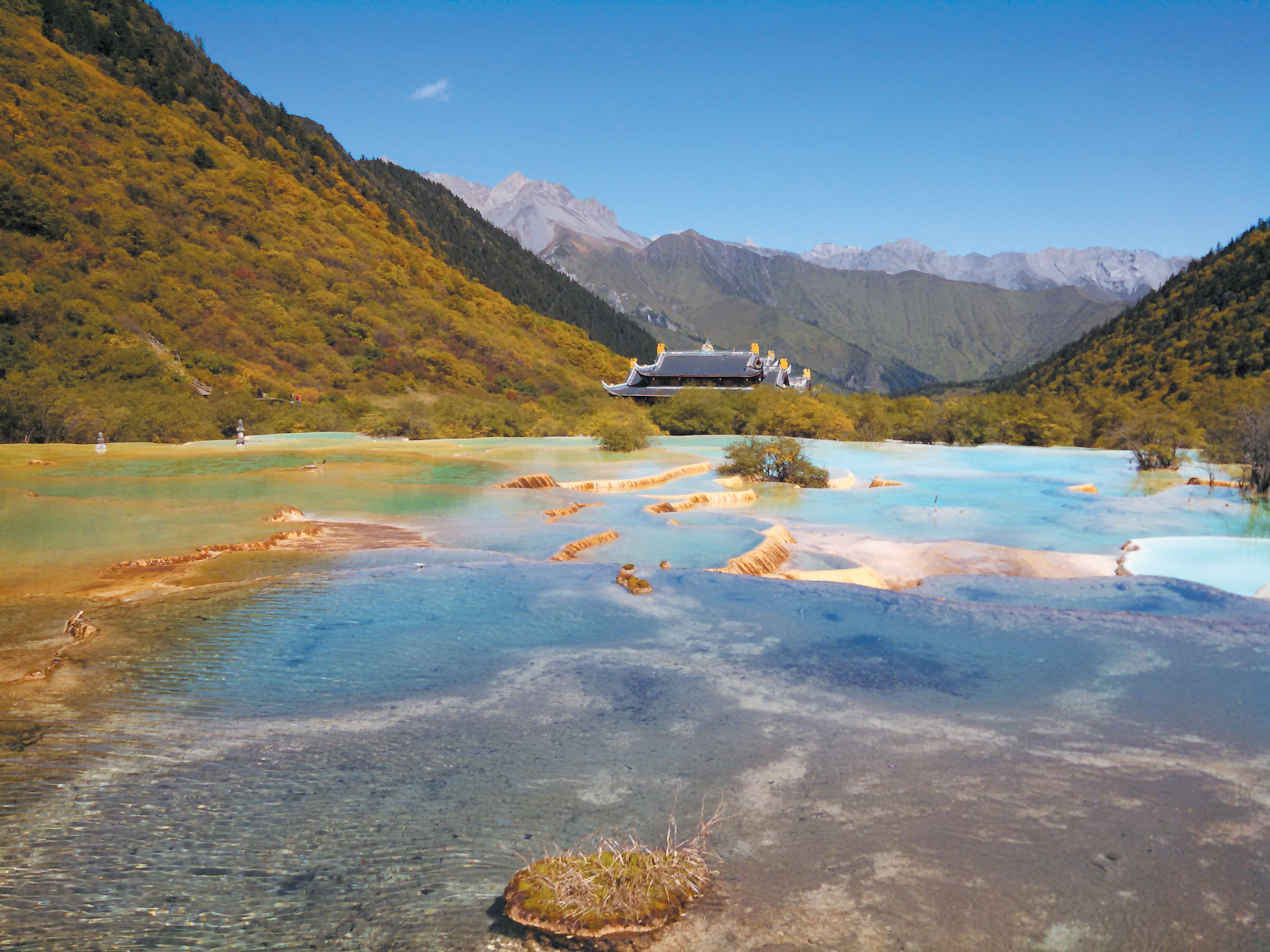



Sidebar | What’s a Collection?
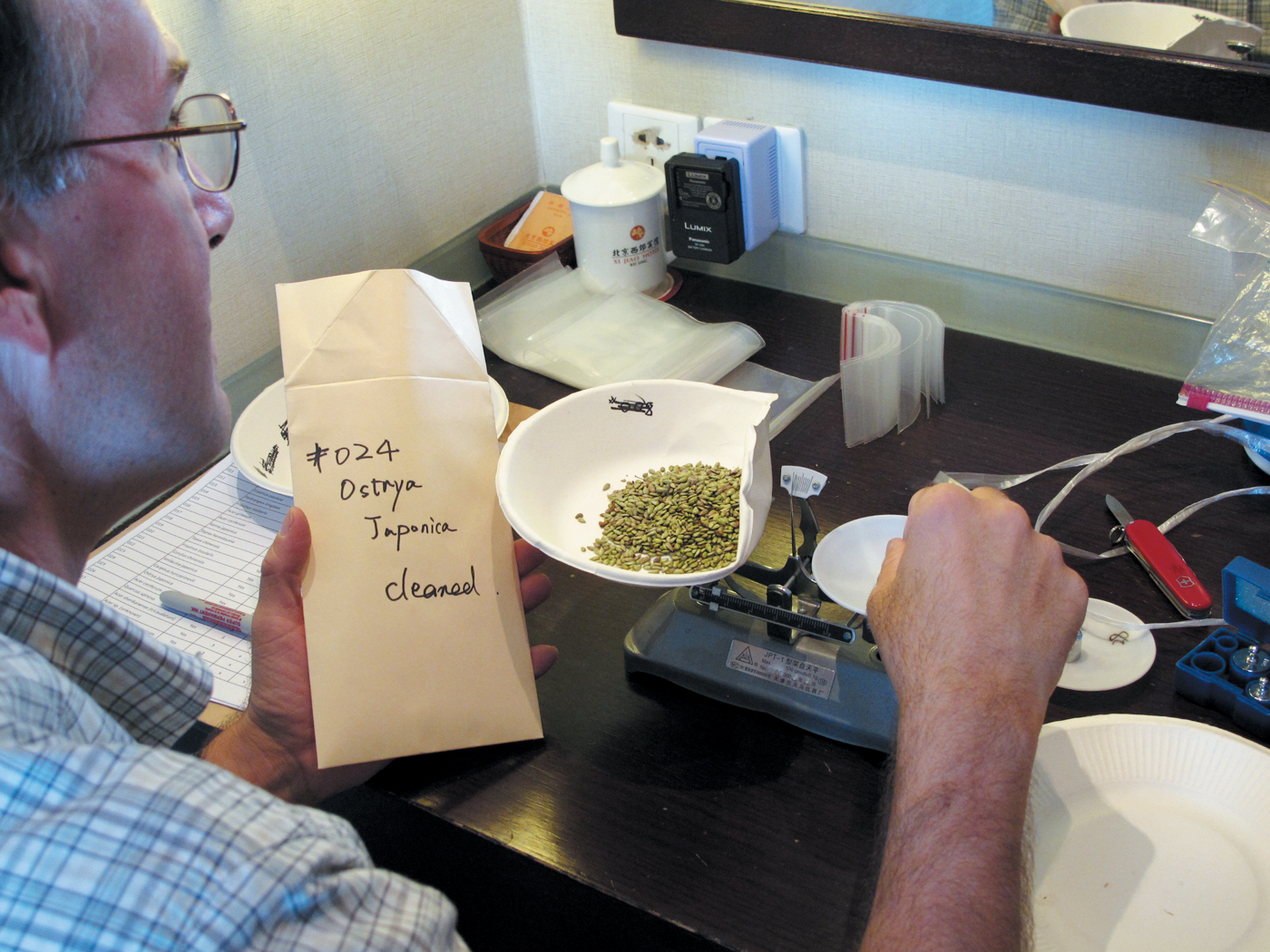
The word “collection” can refer to a group of living plants, like the Lilac (Syringa) Collection at the Arboretum. But on plant collecting expeditions, “collection” is also the term used for the products of each unique act of collecting. For example, if both seeds and herbarium vouchers are collected from a tree, a single collection number is assigned to both since they came from the same plant. When the seeds are distributed to other institutions, each institution will assign an accession number from its own system, but the original collection number will be included in the accession information so the original source can always be traced.
Sidebar | It’s All in the Numbers
A question often is asked: From how many mother plants do you need to collect? The answer depends. If the goal is to capture as much genetic variation of that species’ population as possible, particularly if the seeds will be banked long-term in a repository, then the answer is “many.” The actual number depends on that species’ breeding system (e.g., can it self-pollinate or is it forced to outcross), some technical assumptions based upon the population, including its size, and other details. The seeds from multiple mother plants can be bulked in the field (keeping track of how many were sampled), or each sample can be kept separate, which is important in cases such as the collection of conservation-status plants. If the goal is simply to produce a few living plants, then the focus may be less on capturing the full genetic variation of the population and just a few (or even just one) maternal plants can be sampled. Sometimes the sampling regime is dictated by realities in the field—there might just be one plant encountered, or maybe there is not enough time to hunt for and collect from a dozen separate individuals. And, for international collections, we ship seed back in smaller quantities (using “small seed lot” permits), so it may be prohibitive to collect from large numbers of maternal trees.
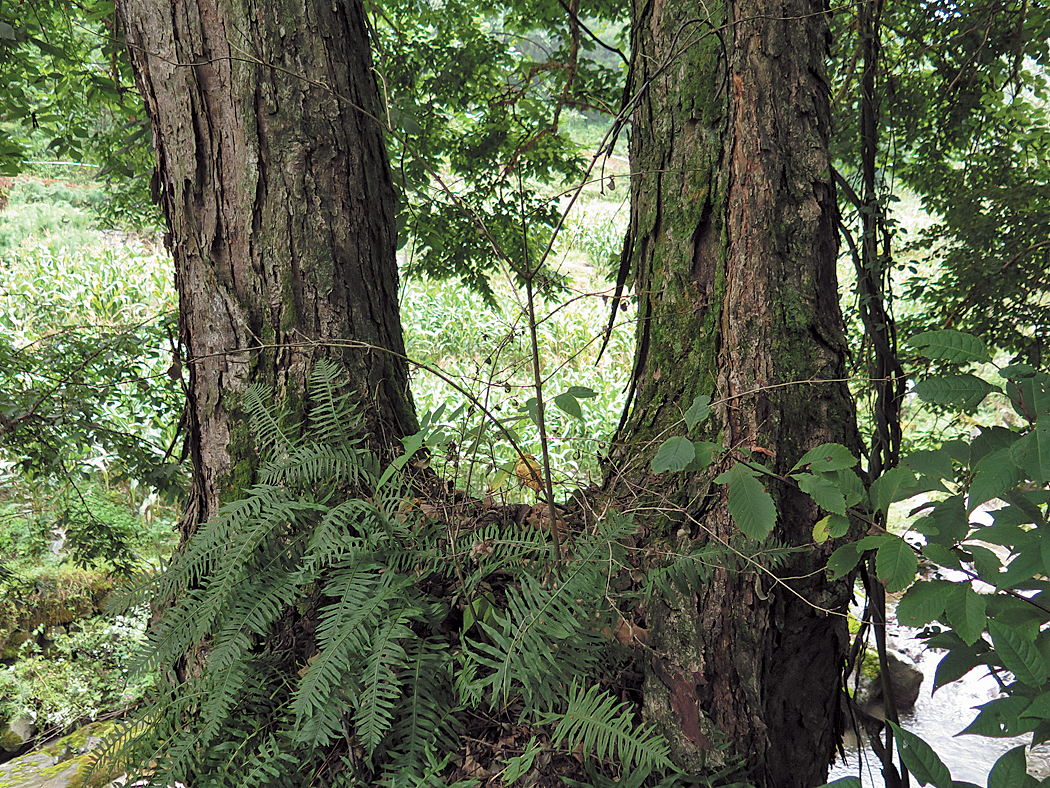
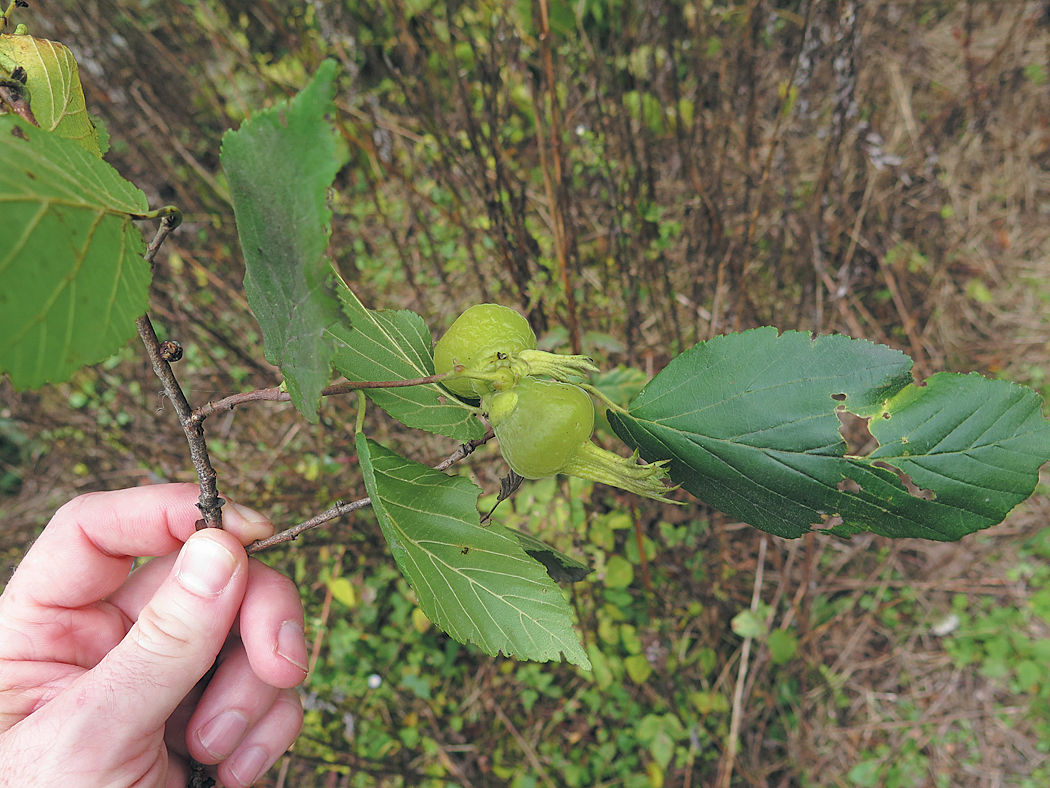

Another question often posed is: How many collections are enough to call the expedition a success? This answer, too, depends on a number of factors. A garden that is in the expansion phase may have a lot of room to accommodate hundreds of new collections from a single expedition. However, for the Arnold Arboretum, where our goals for development are focused, fewer well-documented, high priority collections are more the norm. In fact, some trips may even be focused on just a single species. This can require practicing a bit of “collection restraint” to pass by plants that may be dripping with ripe fruits. However, it’s also important to be open to “opportunistic collections” when a species of value—even though not a target species—is encountered. For example, while making our way towards a large Acer griseum in southeastern Shaanxi in September 2015, our multi-garden team stumbled upon a massive Corylus fargesii. After genuflecting and hooting and hollering, we all agreed that it would be worth making a collection of this paperbark filbert for our respective institutions. Sometimes an opportunistic species is of value to just one of the gardens, prompting a discussion about whether the group should collect it or not. If the decision is made to collect it, even if just for one of the participants, it is important to treat it just like all of the other collections and properly catalog, document, and voucher it. Supplemental or extra collections made on the side can end up being a nightmare to track later on if not documented and assigned an official collection number! Also, sometimes an important species is found, but without any fruits. An official collection of it can still be made, since the herbarium voucher and documentation are of value, perhaps enabling a collector to return in the future.
Literature Cited and References
Ault, J. R. (ed.). 2000. Plant exploration: Protocols for the present, concerns for the future. (Symposium proceedings, March 18-19, 1999.) Chicago Botanic Garden, Glencoe, Illinois.
Citation: Dosmann, M. S. and Port, K. 2016. The art of acquisition. Arnoldia, 73(4): 2–17.
ENSCONET (2009) ENSCONET Seed Collecting Manual for Wild Species, ISBN: 978-84-692- 3926-1, http://www.kew.org/sites/default/ files/ENSCONET_Collecting_protocol_ English.pdf accessed 15 March, 2016.
Friedman et al. 2016. Developing an Exemplary Collection: A Vision for the Next Century at the Arnold Arboretum of Harvard University. Arnoldia 73(3): 2–18.
Rose, N. (ed.). 2010. North America-China Plant Exploration Consortium [special issue]. Arnoldia 68(2), 48 pp.
Michael S. Dosmann is Curator of Living Collections and Kyle Port is Manager of Plant Records at the Arnold Arboretum.
From “free” to “friend”…
Established in 1911 as the Bulletin of Popular Information, Arnoldia has long been a definitive forum for conversations about temperate woody plants and their landscapes. In 2022, we rolled out a new vision for the magazine as a vigorous forum for tales of plant exploration, behind-the-scenes glimpses of botanical research, and deep dives into the history of gardens, landscapes, and science. The new Arnoldia includes poetry, visual art, and literary essays, following the human imagination wherever it entangles with trees.
It takes resources to gather and nurture these new voices, and we depend on the support of our member-subscribers to make it possible. But membership means more: by becoming a member of the Arnold Arboretum, you help to keep our collection vibrant and our research and educational mission active. Through the pages of Arnoldia, you can take part in the life of this free-to-all landscape whether you live next door or an ocean away.

